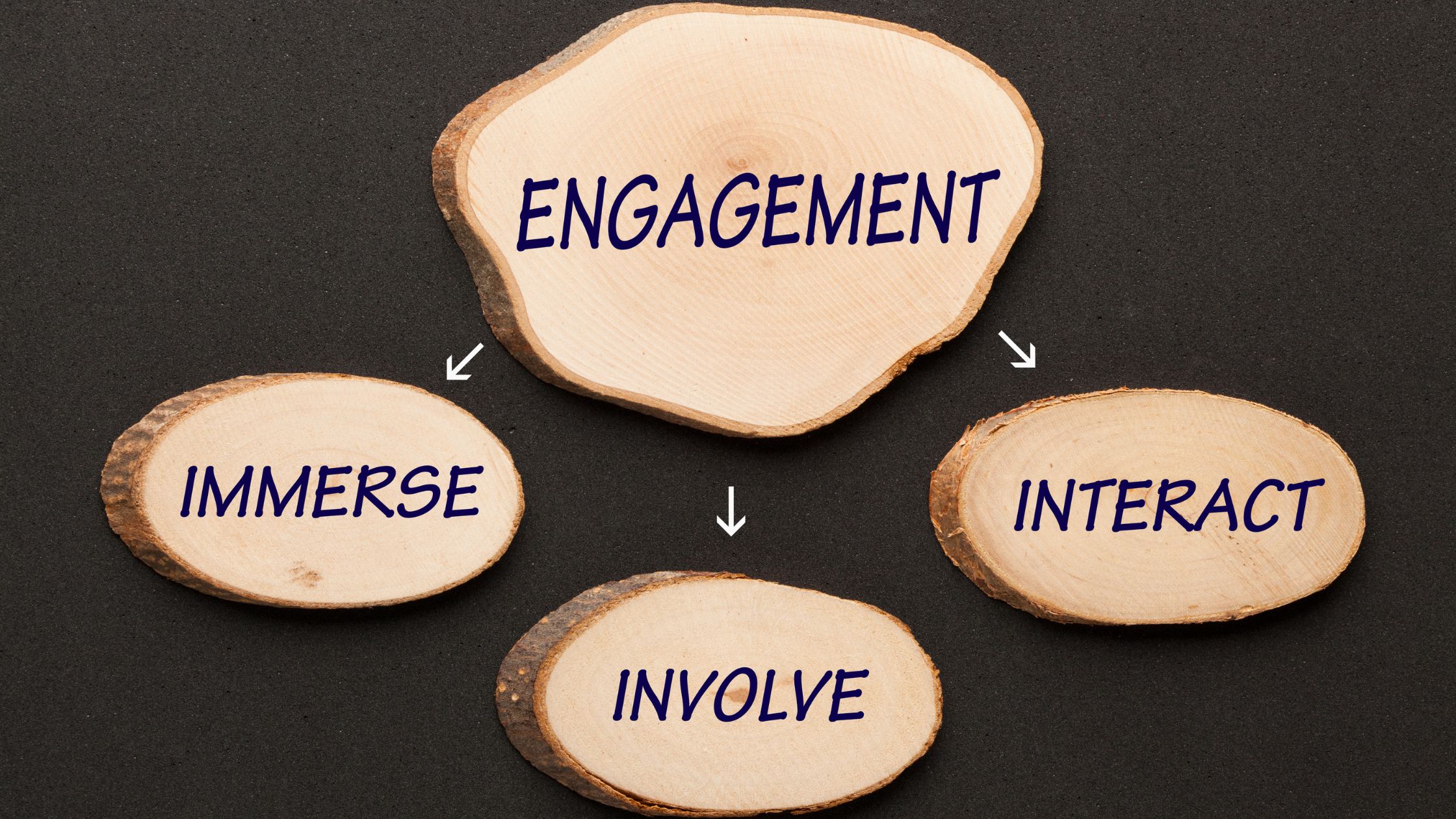Maximizing Your Social Media Strategy: Tips for Small Businesses
In today’s digital world, having an effective social media strategy is no longer optional for small businesses—it’s essential. A well-executed social media presence can help you connect with your target audience, build brand awareness, and drive sales. But with so many platforms and constantly changing trends, how do you create a social media strategy that truly works? In this comprehensive blog, we will provide you with actionable tips to enhance your social media strategy for small businesses. Whether you’re looking to grow your audience, increase engagement, or boost conversions, these insights will help you achieve your goals.
1. Define Your Social Media Goals
Before diving into social media marketing, you must set clear and measurable goals. Your objectives will guide every aspect of your strategy, from the type of content you create to the platforms you choose. Here are some common goals small businesses should consider:
- Increase Brand Awareness: Build recognition for your brand by consistently sharing content that highlights your products, services, and values. Aim to reach new audiences and increase your follower count.
- Boost Website Traffic: Drive traffic to your website by sharing blog posts, promotional offers, and landing pages. Use compelling calls to action (CTAs) and trackable links to measure the effectiveness of each post.
- Generate Leads: Use social media ads and targeted campaigns to capture leads. Offer valuable incentives like e-books, free trials, or discounts to encourage sign-ups.
- Enhance Customer Engagement: Foster a community around your brand by actively engaging with your audience. Respond to comments, ask for feedback, and host interactive events like live Q&A sessions, polls, or stories.
A well-defined social media strategy for small businesses will keep your efforts focused and aligned with your overall business objectives. Remember, each goal should be specific, measurable, achievable, relevant, and time-bound (SMART).
2. Know Your Audience and Choose the Right Platforms
To maximize your social media strategy, you need to know who your audience is and where they spend their time. Every social media platform caters to a different demographic and content style, so it’s important to focus your efforts on the channels that best align with your audience.
- Facebook: With over 2.8 billion monthly active users, Facebook is ideal for reaching a wide range of demographics. It supports various content types, including articles, videos, and event promotions. Great for community-building and sharing detailed information about your brand.
- Instagram: A highly visual platform, Instagram is perfect for businesses that have visually appealing products or services. It is particularly effective for targeting younger audiences (18-34 age group) with lifestyle-driven content, influencer partnerships, and user-generated content.
- LinkedIn: Best suited for B2B companies or those looking to build professional connections. Use LinkedIn to share industry insights, thought leadership articles, job postings, and professional achievements.
- Twitter: A real-time platform ideal for sharing news, updates, and engaging in conversations with your audience. Great for brands looking to establish a direct line of communication and quickly respond to customer inquiries or feedback.
Understanding your audience’s preferences will help you tailor your content and maximize engagement. Remember, it’s better to have a strong presence on a few platforms than a weak presence on many.
3. Create Consistent and Engaging Content
One of the most critical aspects of a successful social media strategy for small businesses is content creation. Your content should not only be engaging but also consistent in terms of voice, style, and frequency. A lack of consistency can confuse your audience and diminish trust in your brand.
- Develop a Content Calendar: Plan and schedule your posts in advance to ensure a steady flow of content. A content calendar will help you stay organized, maintain consistency, and align your posts with important dates or events.
- Utilize a Mix of Content Types: Keep your audience engaged by mixing up your content. Use images, videos, stories, polls, and live streams to offer a variety of content. Video content, in particular, is highly engaging and tends to perform well across platforms.
- Encourage User-Generated Content: Encourage your customers to share their experiences with your brand. Feature their photos, reviews, or stories on your social media profiles. This not only provides you with fresh content but also builds trust and community around your brand.
- Monitor Analytics and Adjust: Regularly review your social media analytics to understand what type of content resonates with your audience. Use this data to refine your strategy, focusing on content that performs well and adjusting or discarding what doesn’t.
4. Engage with Your Audience Actively
Building a strong social media presence isn’t just about posting content; it’s about building relationships. Engaging with your audience in a meaningful way can foster loyalty and encourage word-of-mouth marketing.
- Respond Promptly: Quickly respond to comments, messages, and mentions. Acknowledge positive feedback and address concerns or complaints professionally and courteously.
- Host Interactive Sessions: Use tools like Instagram Live, Facebook Live, or LinkedIn events to host Q&A sessions, webinars, or live demonstrations. Interactive sessions allow you to connect with your audience in real time and provide valuable insights.
- Run Contests and Giveaways: Encourage participation by running contests or giveaways. This not only boosts engagement but can also increase your follower count and enhance brand visibility.
- Create a Community: Foster a sense of belonging by creating a community around your brand. Encourage discussions, share user stories, and celebrate milestones with your followers.
Engaging with your audience shows that you value their input and are committed to providing a positive experience.
5. Leverage Paid Advertising to Amplify Reach
While organic reach is important, social media platforms have increasingly become “pay-to-play.” Allocating a portion of your marketing budget to social media ads can significantly boost your reach and help you achieve your goals faster.
- Use Targeted Ads: Utilize advanced targeting options to reach specific demographics, interests, or behaviors. This ensures your ads are seen by the people most likely to be interested in your products or services.
- Retargeting Campaigns: Retarget users who have previously engaged with your website or content. Retargeting helps you stay top-of-mind and can lead to higher conversion rates.
- Promote High-Performing Content: Amplify the reach of your best-performing organic posts by promoting them. This is a cost-effective way to boost engagement and visibility.
- A/B Testing: Experiment with different ad formats, messaging, and visuals to determine what resonates most with your audience. Use A/B testing to refine your strategy over time.

Conclusion
By defining clear goals, understanding your audience, creating consistent and engaging content, actively engaging with your followers, and leveraging paid advertising, you can maximize your social media strategy and achieve your business objectives. Remember, the key is to stay adaptable and continuously refine your approach based on performance data. Start implementing these tips today and watch your small business thrive in the digital space!
At Aliado, we have a burning passion for helping local businesses grow! With our team of professional experts, we can take your business to the next level! If you are interested in growing your business, please feel free to contact us! We offer SEO, social media management, branding, and web design services and much more!
Categories
Latest Articles
Stay up to date
with news and
educational information
[hubspot type=”form” portal=”5213843″ id=”b19f3e1c-0beb-4946-9d04-2bb47dfa17e0″]
















Leave a Comment
You must be logged in to post a comment.